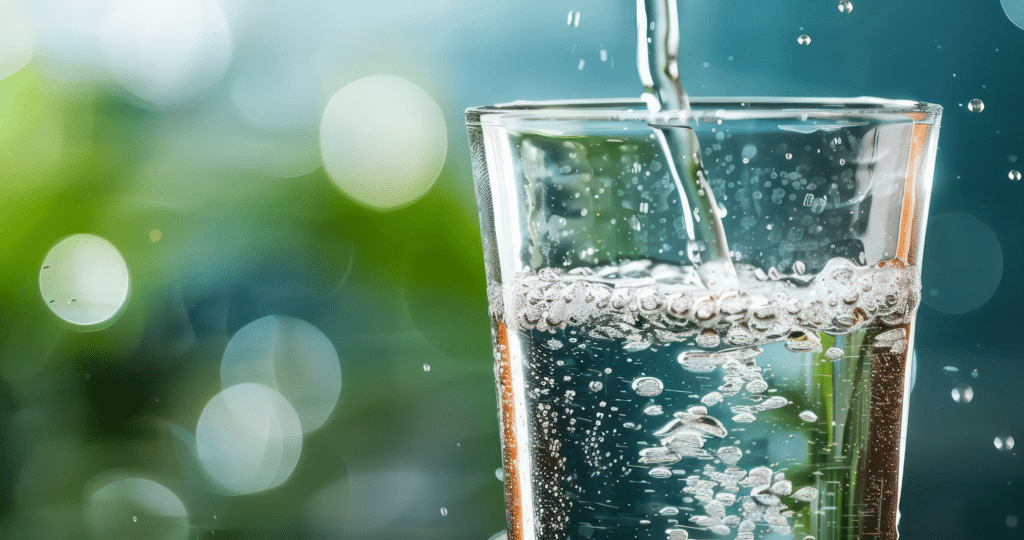
Making your own sparkling water at home is not only simple and cost-effective but also eco-friendly. With increasing awareness of the environmental impact of plastic bottles and the desire for healthier beverage options, Australians are embracing homemade sparkling water. In this guide, we will cover various methods to carbonate water at home, from using soda makers to DIY setups, while highlighting the benefits of each. Whether you’re looking to reduce plastic waste, save money, or simply enjoy a refreshing glass of fizz, this article will guide you through everything you need to know.
Before diving into the methods, let’s explore why making sparkling water at home is a smart choice:
Purchasing bottled sparkling water can add up quickly. By making it at home, you pay only for tap water and the occasional CO2 refill, resulting in significant savings over time.
Homemade sparkling water reduces the reliance on single-use plastic bottles, contributing to less waste in landfills and lowering your carbon footprint.
Sparkling water is a great alternative to sugary sodas and can help reduce your intake of artificial additives while still enjoying the fizz.
You can control the carbonation level, making it as fizzy or as mild as you like. Additionally, you can infuse your sparkling water with natural flavors such as lemon, lime, mint, or berries.
Soda makers are the most popular and straightforward way to make sparkling water at home. Brands like SodaStream dominate the Australian market, offering a convenient and fast way to carbonate water.
How It Works:
Pros:
Cons:
A more manual but affordable option, carbonation bottles allow you to carbonate water using small CO2 chargers. Unlike soda makers, you must shake the bottle after injecting CO2.
How It Works:
Pros:
Cons:
For those who enjoy DIY projects, setting up a carbonation system using a CO2 tank is another method. While this requires more equipment, it offers the most control over carbonation levels and can be cost-effective in the long run.
How It Works:
Pros:
Cons:
A DIY method that doesn’t require CO2 cartridges or tanks involves creating CO2 by mixing baking soda and vinegar. While this method is more of a science experiment, it can carbonate water effectively, though the flavor might not be as clean as other methods.
How It Works:
Pros:
Cons:
Each method has its pros and cons, and the right one for you depends on how often you drink sparkling water and your budget.
One of the best parts about making sparkling water at home is the ability to customize it. Here are some popular ways to enhance your sparkling water:
Making sparkling water at home contributes to sustainability by significantly reducing plastic waste. Australia has been taking steps to combat plastic pollution, and switching to homemade sparkling water or a sparkling water system is an excellent way to contribute to this cause. By using reusable bottles and CO2 refills, you minimise your carbon footprint and help create a cleaner planet.
Making sparkling water at home is not only easy and cost-effective but also aligns with a sustainable lifestyle. With various methods available—from soda makers to DIY setups – you can choose the one that best fits your needs. Whether you’re looking to save money, reduce waste, or simply enjoy a refreshing beverage, homemade sparkling water is a perfect solution.
At Crystella, we provide eco-friendly, high-end water systems that allow you to enjoy sparkling water on demand while minimising environmental impact. Explore our range of sparkling water systems designed for your business, and take a step towards a more sustainable lifestyle today.
4.9-Stars
based on 89 Reviews